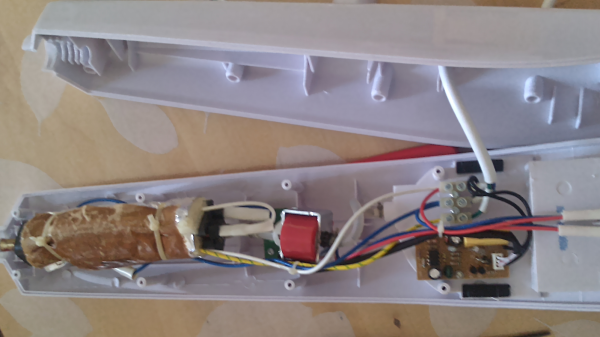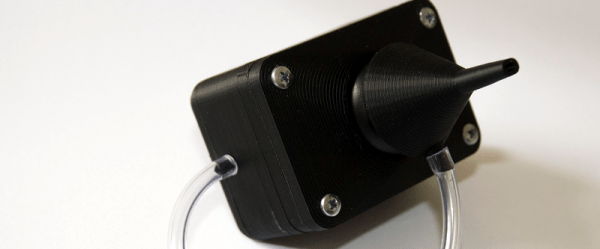[Bruce Land] is no stranger to Hackaday as you can see from his Hackaday.io profile, if you aren’t familiar with his work [Bruce Land] is a Senior Lecturer at Cornell University. One of the courses he teaches: Digital Systems Design Using Microcontrollers (ECE4760) was recorded in 2012 and again in 2015 and the videos are available on YouTube.
AVR to PIC32
[Bruce Land]s previous set of ECE4760 lectures (2012) used an Atmel ATmega1284 AVR Microcontroller for the laboratory portion of the course. This means the lectures are also based on the AVR and if you haven’t watched them through a few times you should do. The recently updated set of lectures is based on the Microchip PIC32, more specifically the Microstick II.
Open Curriculum
You can follow the ECE4760 rabbit hole as far as you want with all the available content provided by [Bruce Land] on his ECE4760 course webpage. You can watch the ECE4760 lectures on YouTube, try your hand at the homework assignments, and work through the labs at your own pace.
New Lectures = New Shirts
One area that [Bruce Land] is unmatched and arguably uncontested is his shirt collection, we are continuously impressed with these original works and wish they were available for purchase (wink/hint c’mon [Bruce] throw us a bone!). If you don’t know why the rest of us aren’t able to obtain the wonderful shirts [Bruce Land] wears you clearly aren’t subscribed to [Bruce Land]s YouTube channel, you should rectify that wrong and log some ECE4760 lecture hours starting with the video after the break.








 Instructions on Thingiverse can be spotty, but [0_o] did an excellent job of laying out what you need to buy and how to assemble it. One of the most interesting parts of the build is the blow sensor. [0_o] tore apart a $5 electronic cigarette and used the sensor within. The mouthpiece is moved like a joystick to actuate the cursor, and the user blows into it for the mouse clicks. Perhaps not a true sip-and-puff system but it made us wonder what other uses you might find for these sensors.
Instructions on Thingiverse can be spotty, but [0_o] did an excellent job of laying out what you need to buy and how to assemble it. One of the most interesting parts of the build is the blow sensor. [0_o] tore apart a $5 electronic cigarette and used the sensor within. The mouthpiece is moved like a joystick to actuate the cursor, and the user blows into it for the mouse clicks. Perhaps not a true sip-and-puff system but it made us wonder what other uses you might find for these sensors.











